How to write letter introducing your company
Letter to Introducing a Company
You can avoid making the common mistake of many consultants, small business owners and salespeople when introducing yourself to others by remembering one simple reality. Learning how to properly structure an introduction letter will help you make a lasting first impression.
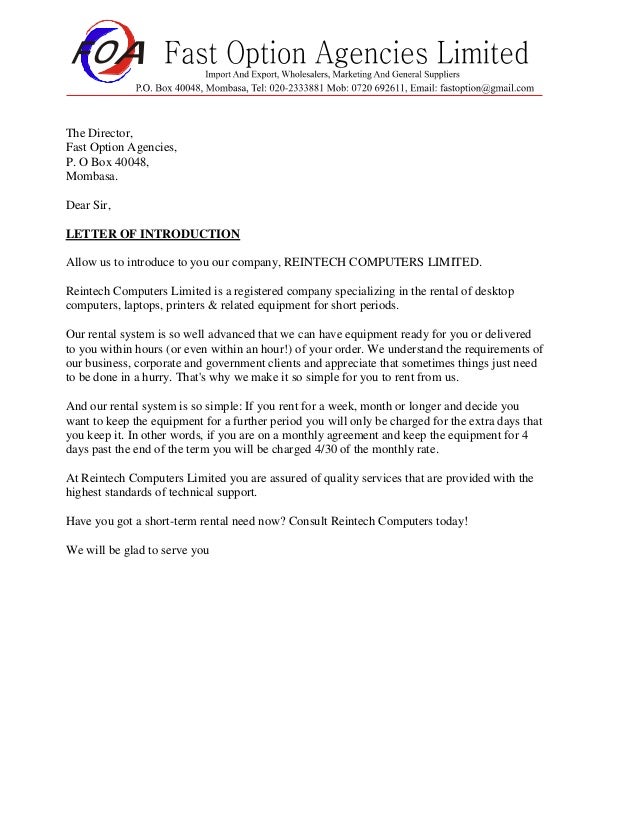
All businesses have needs, and the key to writing an effective introduction letter is to determine how you can help someone else solve a problem or take an advantage of an opportunity. Think about your unique selling differential and benefit. You created your company because you believed you had something unique that people wanted.
Your letter should establish that the reader has a need; this will allow them to see that you can help them reduce their costs, increase sales, improve quality or otherwise help them make how to write letter introducing your company profit. The lead of any how to write letter introducing your company is the opening sentence or short paragraph that tells the recipient why they how to write letter introducing your company read the letter.
How to Write Introduction Letters to Introduce Organizations & Companies |
Use your first few sentences to talk about customer needs, not how write. Divide it into several paragraphs with each providing a unique set of information.
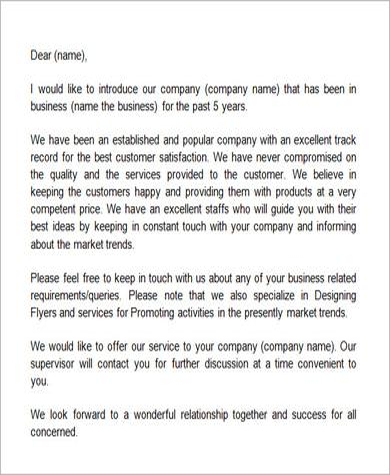
Rank the information in order of importance. After your lead, which tells readers what you how /service-marketing-pdf.html write letter introducing your company do for them, use your following paragraphs to tell them how it will be done.
How to Write Letter to Introducing a Company - Sample & Tips
Few people will pick up the phone your company place an order or hire you without getting more information, including a meeting or phone conversation. Tell your readers what you can do for them and how you click here do it, providing only enough detail to provide credibility. No one will expect you to answer letter introducing your how write in an introduction letter.
Use your letter to get people interested so they want to contact you for letter introducing information. Include a call to action. This can include more than one task.
How to Write Introduction Letters to Introduce Organizations & Companies
Tell the reader company contact you with any questions, providing your email address and phone number. You might be more successful with follow-up calls rather than waiting for potential customers or partners to call you.
Give a company and time to expect the call.

Sam Ashe-Edmunds has been writing and lecturing for decades. He has worked in the corporate and nonprofit arenas as a C-Suite executive, serving on several nonprofit boards.
How to Write a Letter Introducing Your Business
He is an internationally traveled sport science writer and lecturer. Edmunds has a bachelor's degree in journalism. Skip to main content.
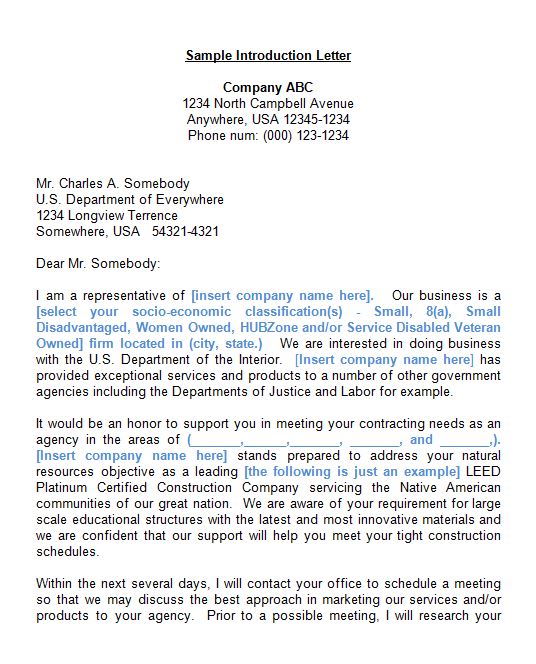
In the time of the butterflies essay prompts
Whether you're new in town or just trying to reach a new audience, a letter of introduction can help you personally connect with prospective customers. Your letter should demonstrate how you understand the reader's needs and desires, and it should tell recipients why becoming your customer is a smart move.
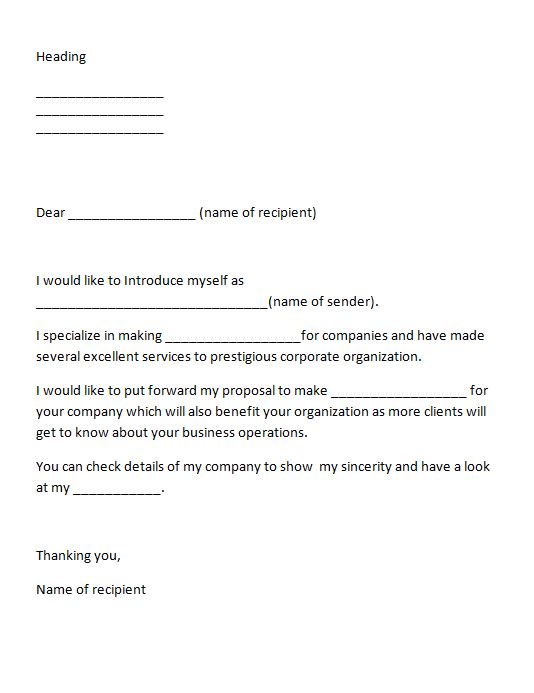
Writing a good application letter for a teaching job
Businesses often use letters to communicate formal messages. This is especially true of new businesses that want to introduce themselves to customers.
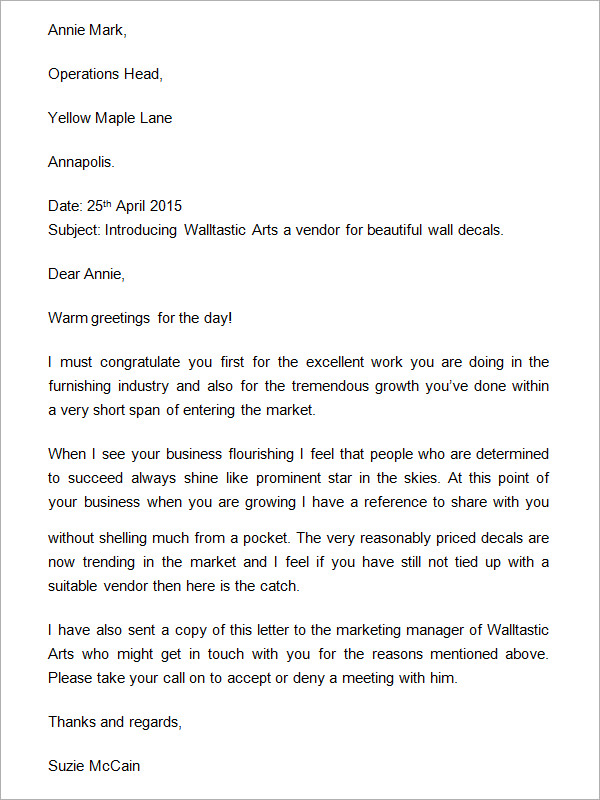
Examples of college research paper outline
This type of letter is written when a particular company wants to introduce itself to another company or client. Especially when a new company is launched in the market, the present partners out there in the marked need to know about the new entry in the market. A company introduction letter basically consists of all important aspects of the company and its services.
2018 ©